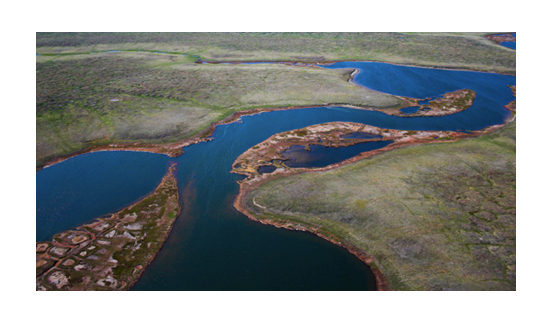
A central component of the NPDES and MS4 programs is the development of effluent limitations to ensure compliance with applicable water quality objectives. The firm specializes in the review of those technical studies and the development of scientific information needed to ensure such limitations are not unduly restrictive. Closely related to such review is the analysis of antidegradation and antibacksliding requirements that could act to restrict modification of an otherwise unnecessary effluent limitation.
Development and application of site specific standards has been a major component of the firm’s practice for over 15 years. Numerous successful state and federal WQS amendments have been obtained by Hall & Associates, including nationwide modification of EPA Section 304(a) criteria recommendations for ammonia and heavy metals. Most recently, EPA issued Simplified Water Effect Ratio Guidance for Copper (USEPA 2002).
The firm has addressed a wide range of parameters under the WLA/reasonable potential assessment and TMDL frameworks, including nutrients, CBOD/NH3, ammonia toxicity, heavy metals (Cu, Fe, Al, Zn, etc.), mercury/bioaccumulation, PCB, chlorine and whole effluent toxicity. We have structured and supervised site-specific studies to ensure proper WQS application, including water effect ratios and fast acting toxicant analysis. Detailed mixing zone analyses have been implemented by the firm, leading to significant modification of more conservatively derived effluent limitations.
